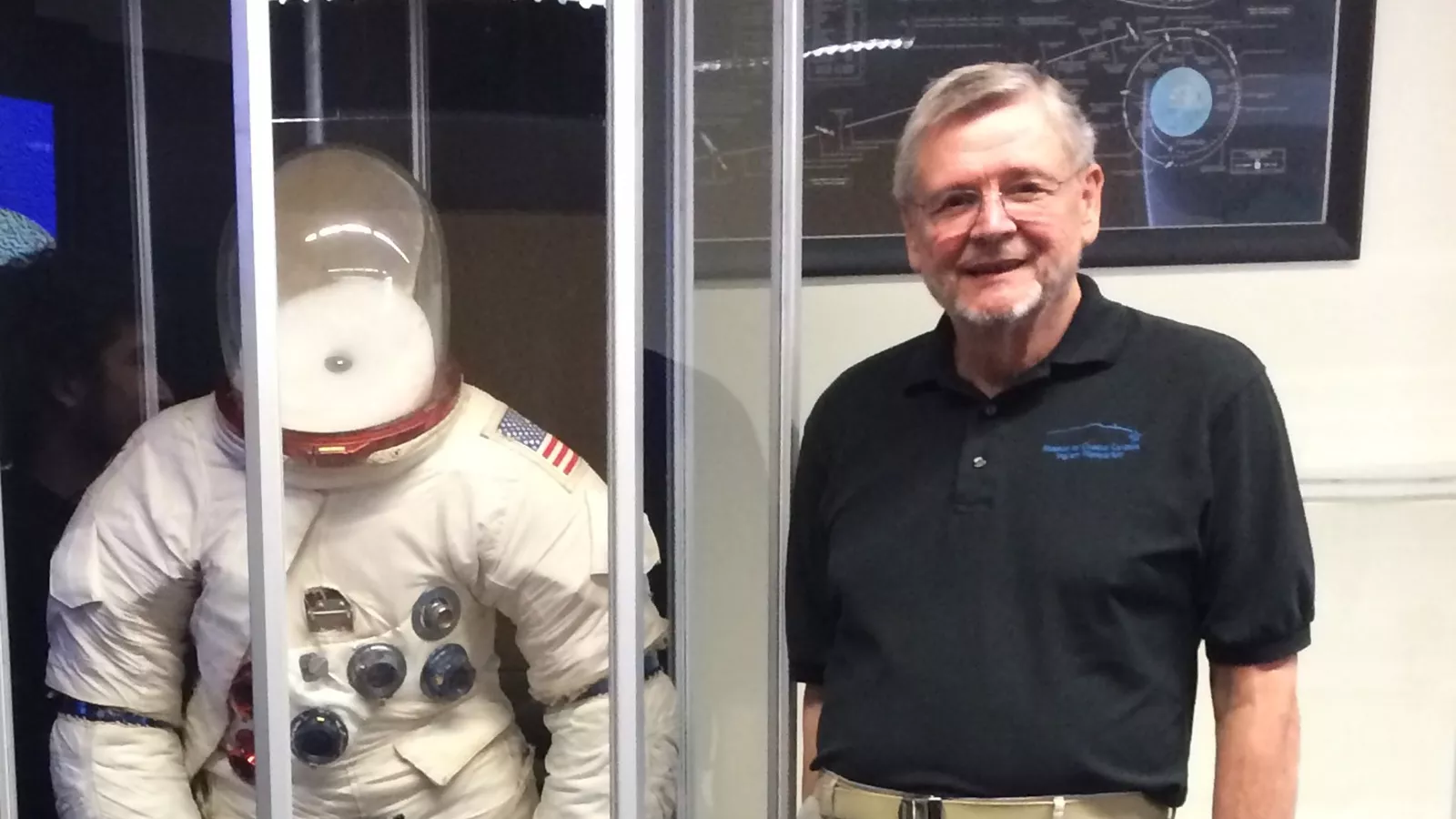I took a long path to become a teacher. I worked as a log driver, floating timber down a river, and as a Model T driver, chauffeuring a carload of excited kids around museum grounds.
But, over time, I figured out that my true passion is teaching young people about science and space.
I began my career in 1970 and taught science in Maine public schools for 30 years. I discovered that I loved the relationships I developed with the students and the way they absorbed information.
I took great joy in working with kids on science experiments and on the math team. I also took students on trips to visit the planetarium.
I retired from teaching in 2001, but the science bug stayed with me. After moving to North Carolina, I started volunteering with the Ocean Isle Museum Foundation, where I operated the planetarium dome and presented star and music laser shows. I had the freedom to personalize my shows, so I often started with a corny joke: Do you know what an astronaut’s favorite book is? A comet book!
The crowds ranged from first-graders—who confused me by raising their hands in the dark to ask questions—to college students and astronomy club members, who challenged me with tough questions.
I also volunteered to represent the NASA Jet Propulsion Laboratory as one of about 1,000 solar system ambassadors (SSA) nationwide. We give lectures and speak to astronomy clubs and other groups about NASA and space science. As an SSA, I was invited to do shows at my local library and elementary schools as well, where I became known as ‘science grandpa.’
When the pandemic hit, they asked me to create a group of recorded and live virtual shows—which was a challenge, to say the least. Creating a 20-minute video could take 10 hours! But it was worth the effort, and the shows went over well.
I feel lucky to have had these wonderful opportunities and can only hope that I’ve inspired future generations to continue to explore the universe—and beyond.

